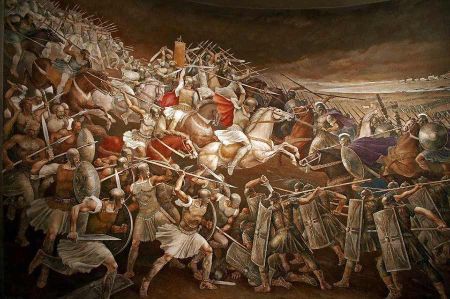Illyria - passing the empire of the Illyrians on the Balkans
- Written by Portal Editor
In some of our topics along the journeys along the Roman road system, the old, partly Greek or Roman names of the settlement areas of the tribes or settlement areas that have long since disappeared today also appear.
Just to be able to make an approximate allocation to the respective region, we would like to refer to these tribes from time to time. The name Illyria, which comes from Greek, stands for a region in the west of the Balkan island where the Illyrian tribes had settled. The later, ancient world power Rome adopted not only the territories of the Illyrian tribes but also their name in a slightly adapted Latin form as Illyrium.
A powerful empire based in Scodra, today's Shkodra
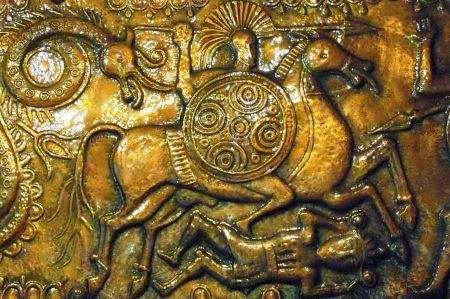 Illyrian horse people 3From the records of the historian Herodotus it emerges that the territory of the Illyrians is said to have extended as early as the fifth century BC from the Adriatic coast to the Morava in the east and to the Etsch in the west, today's Albania.
Illyrian horse people 3From the records of the historian Herodotus it emerges that the territory of the Illyrians is said to have extended as early as the fifth century BC from the Adriatic coast to the Morava in the east and to the Etsch in the west, today's Albania.
On the southern edge of today's northern Albanian city of Shkodra, Illyrians founded in the 4th century BC. The town of Scodra was built on the hill that is now occupied by Rozafa Castle. During Roman times it extended into the plain at the foot of the hill. There are also said to have been close trade relations between the Illyrian tribes and the Greeks, which were later directed against the emerging, modern-day Macedonia of Alexander the Great. According to ancient writings, Demosthenes is said to have sought partnerships among the Illyrians as early as 342 BC, which were clearly directed against Macedonia. In the second half of the 3rd century, the Illyrian tribe of Labeaten became a kind of leading group of the Illyrian Empire. It was ruled by Pleuratos (†250), Agron (†231) and Teuta (231-228). Their settlement area was on the eastern Adriatic coast and extended approximately from today's Montenegro in the north to the area of Lissos in the north of today's Albania. Under Queen Teuta a powerful empire arose with its seat in Scodra, today's Shkodra.
At the height of their power, the Labeaten kings also ruled large parts of Dalmatia in the north and in the south the area up to the Vjosa river. In 228 B.C. This empire was conquered by the Romans in the 4th century BC. The area of Shkodra, formerly the royal residence, was organized as a vassal state of the Romans. Pinnes, the son of Teuta, ruled there first, followed by Skerdilaidas (212-206), Pleuratos II (206-180) and finally Genthios (180-168). The city then came under the direct rule of the Romans.
In the 4th century BC there is increasing written information from Greek historians about the Illyrians. During this time, the Kingdom of Macedonia was often involved in wars with the Illyrians and the Molossians in Epirus. The Macedonian King Perdiccas III. fell in 359 BC. BC in the fight against the Illyrians under their king Bardylis.
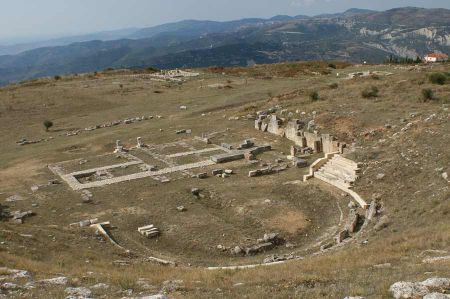 His successor, King Philip II (359 to 336 BC) was able to decisively defeat the Illyrians. However, they were not incorporated into the empire of Alexander the Great (336 to 323 BC), and in the 3rd century several Illyrian kings (such as Glaukias, Agron and Queen Teuta) were able to establish important regional dominions.
His successor, King Philip II (359 to 336 BC) was able to decisively defeat the Illyrians. However, they were not incorporated into the empire of Alexander the Great (336 to 323 BC), and in the 3rd century several Illyrian kings (such as Glaukias, Agron and Queen Teuta) were able to establish important regional dominions.
The Illyrians were also notorious as pirates at this time. Therefore, in 230 B.C. In the 4th century BC some Greek colonies in the Adriatic coastal area and on the offshore Dalmatian islands were protected by Rome. In the subsequent First Illyrian War from 229 to 228 BC. In the 4th century BC the Romans established a bridgehead on the Dalmatian coast. During the Second Illyrian War (219 BC), most of the region came under Roman rule. The last Illyrian king Genthios, who resided in Scodra (northern Albania), was killed by the Romans in 168 BC. Defeated and taken prisoner to Rome. The Illyrian territories were divided into satellite states dependent on the Romans.
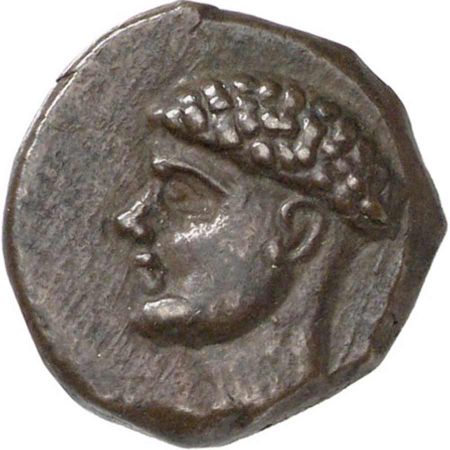 After further long battles, the Illyrian Empire came completely under the rule of the Roman Empire and was henceforth called Illyricum in Latin. Under Sulla it was united with Macedonia, and only under Gaius Julius Caesar did it become an independent province. A major uprising by the Illyrians between the years 6 and 9 AD was only with great difficulty put down by the Romans.
After further long battles, the Illyrian Empire came completely under the rule of the Roman Empire and was henceforth called Illyricum in Latin. Under Sulla it was united with Macedonia, and only under Gaius Julius Caesar did it become an independent province. A major uprising by the Illyrians between the years 6 and 9 AD was only with great difficulty put down by the Romans.
When the Romans later conquered the territory of the Pannonian tribes, they called it Illyricum inferius, while the later Dalmatia was called Illyricum superius. In late antiquity, after Diocletian's imperial reform, Illyricum was divided into seven provinces: both Noricum, both Pannonia, Valeria, Savia, Dalmatia and Dacia (the Dioecesis Illyrici occidentale). Later Illyricum was administered by a Praefectus, it included the provinces of Moesia superior, both Dacia, Dardania, Macedonia, Thessalia, Achaea, both Epirus, Praevalitana and Crete.
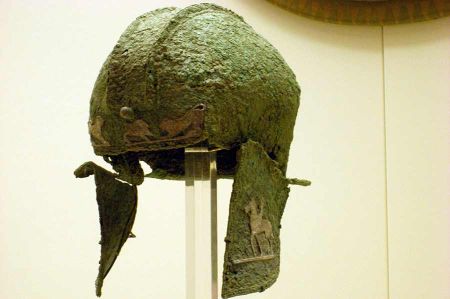 Between the 3rd and 6th centuries, Illyricum not only provided many recruits for the army, but also a number of Roman emperors, including Diocletian and Justinian I. After the division of the empire in 395, many Illyrian areas were part of the Eastern Roman Empire, with repeated border disputes came with Western Rome. Latin remained the lingua franca here, and large parts of the region were under canon law the Bishop of Rome. Northern Illyricum was settled by Ostrogothic tribes at the beginning of the 6th century, and from around 580 Slavs settled throughout the region, gradually displacing the Illyrians.
Between the 3rd and 6th centuries, Illyricum not only provided many recruits for the army, but also a number of Roman emperors, including Diocletian and Justinian I. After the division of the empire in 395, many Illyrian areas were part of the Eastern Roman Empire, with repeated border disputes came with Western Rome. Latin remained the lingua franca here, and large parts of the region were under canon law the Bishop of Rome. Northern Illyricum was settled by Ostrogothic tribes at the beginning of the 6th century, and from around 580 Slavs settled throughout the region, gradually displacing the Illyrians.
Please also read:
